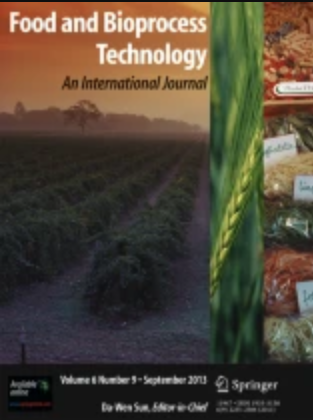Factors Influencing the Oxidative Stability of Antarctic Krill Oil and Improvement Measures: a Review with Current Knowledge
Abstract
Antarctic krill oil (AKO) has been considered as an alternative to marine fish oil due to its high level of n-3 polyunsaturated fatty acids (PUFAs). Also, it has the potential risk of oxidation. However, AKO shows a much more diverse lipid profile compared to traditional edible oil and is characterized of high contents of phospholipids associated with n-3 PUFA. This indicates the conventional free radical chain reaction cannot comprehensively explain the oxidation mechanisms of AKO because various side reactions may occur due to its complex composition and special n-3 PUFA form. However, current studies on AKO have been mostly focused on extraction techniques and physiological activities, but systematic studies on its oxidation are still lacking. This review firstly describes the roles of different lipid components on the oxidative stability of AKO and their possible mechanisms. Then, the main reaction pathways involved in the oxidation of AKO are summarized with the attempt to elucidate the oxidation mechanism in AKO. On this basis, some possible measures to reduce lipid oxidation of AKO are proposed from multiple perspectives. Also, some of the challenges in assessing the level of AKO oxidation and current measures are summarized. The discussion of this review can provide theoretical references for further study on the storage stability of AKO, which is in turn to improve the quality and healthy utilization of AKO.

 求助内容:
求助内容: 应助结果提醒方式:
应助结果提醒方式:


